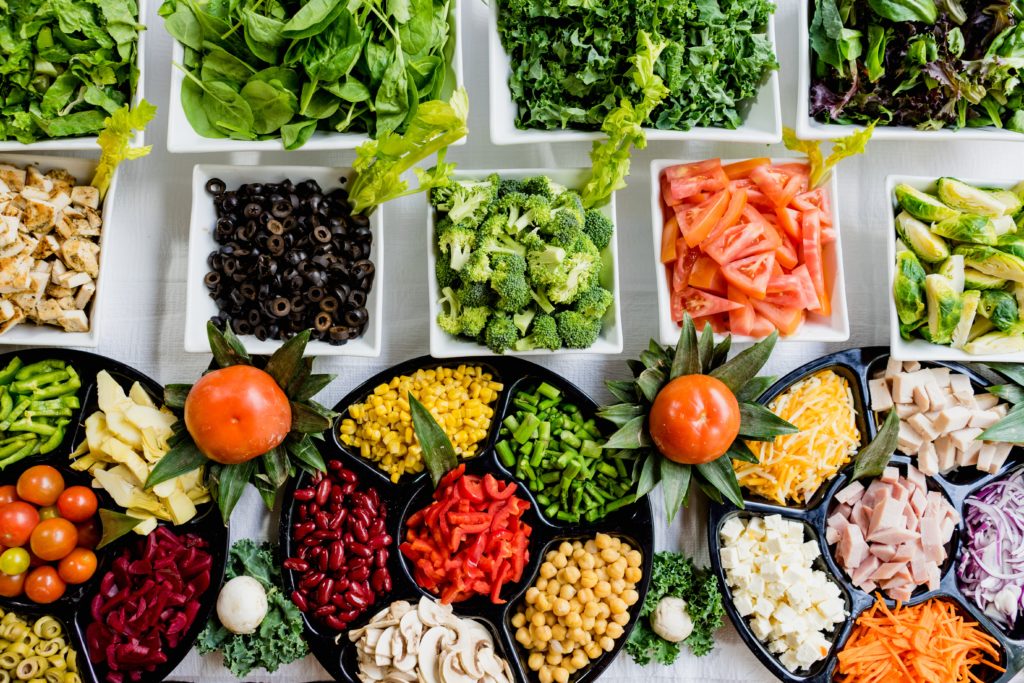Steve’s Healing Journey
Prior to college, my husband was an elite-level cyclist competing at the Ed Rudolph Velodrome in Northbrook. He even went to the Olympic training camp for prospective Olympians. When I met Steve, he was 23, and had multiple complaints of joint and soft tissue pain. Although these issues weren’t functionally limiting, he was in constant pain. Steve was in multiple bike accidents when he was younger, and while he did not have any specific injuries, general pain lingered all over.
At the time, I was a brand-new PT and eager to heal all. I tried every tool and trick I had in my book over the next 10 years, but nothing helped Steve. In fact, it all made him worse. When I applied pressure to various sore areas, he would continue to feel the pressure and pain for up to 10 minutes afterward. Can you imagine if I did a full treatment session of even 15 to 30 minutes on him, and how sore he would be? It would take days for him to recover.
I noticed that two things played a major role in his healing:
- He responded well to the nontraditional techniques I was learning at the time, known as IMT. Read more about IMT and my husband’s success story.
- He changed his diet to gluten-free.
What Really Worked
When Steve took the next step forward with nontraditional techniques, my mentor Suzanne treated him using IMT and recommended he see a nutritionist. Steve had recently recovered from an ulcerative colitis flareup, and the subsequent five-month bout of Prednisone caused him to gain about 30 pounds. Needless to say, he was anxious to lose the weight and feel better, so he willingly went to the nutritionist. She suggested going gluten-free and gave him some supplements, as well.
“Gluten-free” is quite the buzzword now. Foods are clearly labeled to meet this category, and there are gluten-free products galore to choose from. However, this wasn’t the case 22 years ago, yet Steve was determined to lose the weight and feel better. The nutritionist gave him a buying guide, and off he went to Whole Foods with 1.5-year-old Drew to find gluten-free food. I was very impressed with his determination—we even had to bake our own bread!—as let’s just say, grocery shopping and cooking are not his thing.
The Power of Nutrition
Well, miracle of miracles—within a month of going completely gluten-free, the extra weight literally fell off Steve. And remember all that joint and soft tissue pain? GONE!!! It seemed that Steve’s gluten-free diet played a bigger role than we ever imagined in his healing.
So, how does diet play a role in the healing of musculoskeletal aches and pains?
- A lot of foods and drinks that aren’t so great for us can directly affect the musculoskeletal system. If you drink too much soda, this puts you at risk for osteoporosis. Alcohol can add inflammation to the body, as well.
- Choose high-quality foods: unrefined foods that aren’t processed, like whole grains, fruits and veggies, healthy fats, and protein. These decrease inflammatory cycles in the body.
- Women are recommended to consume 1,600 to 2,400 calories a day, while men can consume 2,000 to 3,000.
Since we are all unique, no nutrition plan is one-size-fits-all. I often recommend my patients schedule a nutrition consult to determine what role diet is playing in their healing process.
For now, here’s what we know for sure:
- Gluten – A bundle of proteins found in wheat, rye, and other popular grains, gluten has been shown to increase inflammation in the body, and leads to conditions like Celiac disease for some.
- Sugar – While sugar is part of our favorite sweet treats, it’s also a neurotoxin. This means that too much sugar, found in everything from cake and cookies to alcohol, can affect the nervous system. Those with a neuro diagnosis like multiple sclerosis (MS) or Parkinson’s disease might want to explore the elimination of sugar from their diet. The same goes for those with chronic pain, which is now considered a nervous system disorder.
- Inflammatory Foods – Other foods that cause inflammation reactions in the body include fried foods, vegetable oils, refined carbs, alcohol, processed meats, and even dairy and nightshades.
Steve didn’t respond to the traditional manual techniques of “find it, fix it.” He needed the indirect approach of working with his body. But that was only half the story—he needed to change his diet in order for his body to fully heal and to become pain-free.
If you have been struggling with pain for a while and have hit numerous dead ends with your medical care, consider seeking out a good nutritionist who focuses on functional medicine. Your diet may just be the missing link!







Leave a Reply